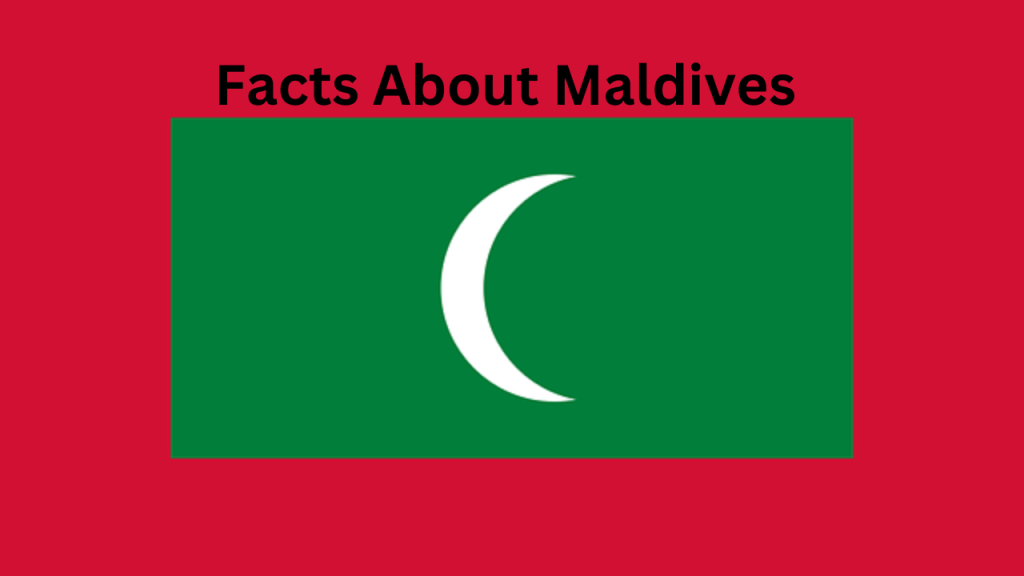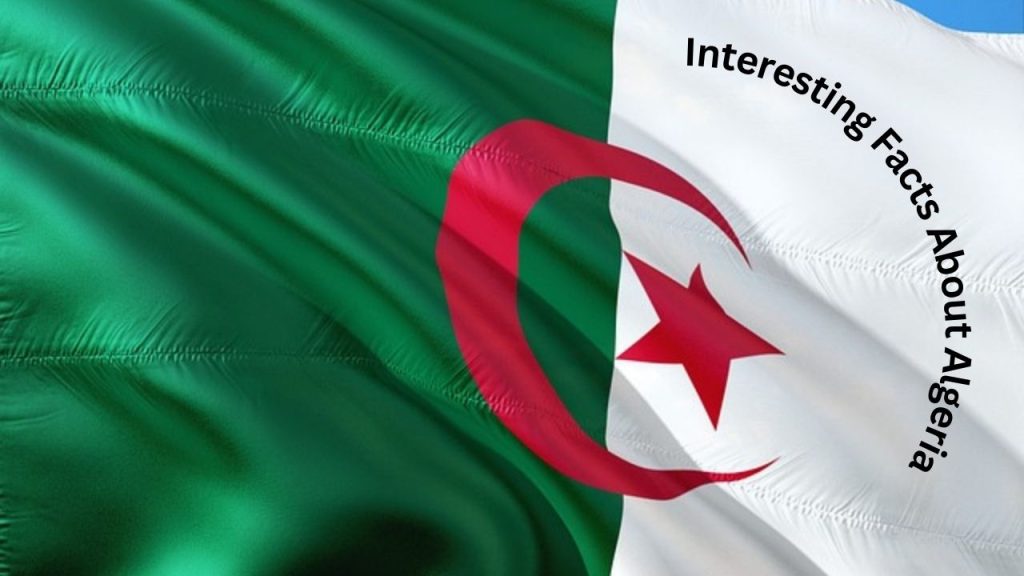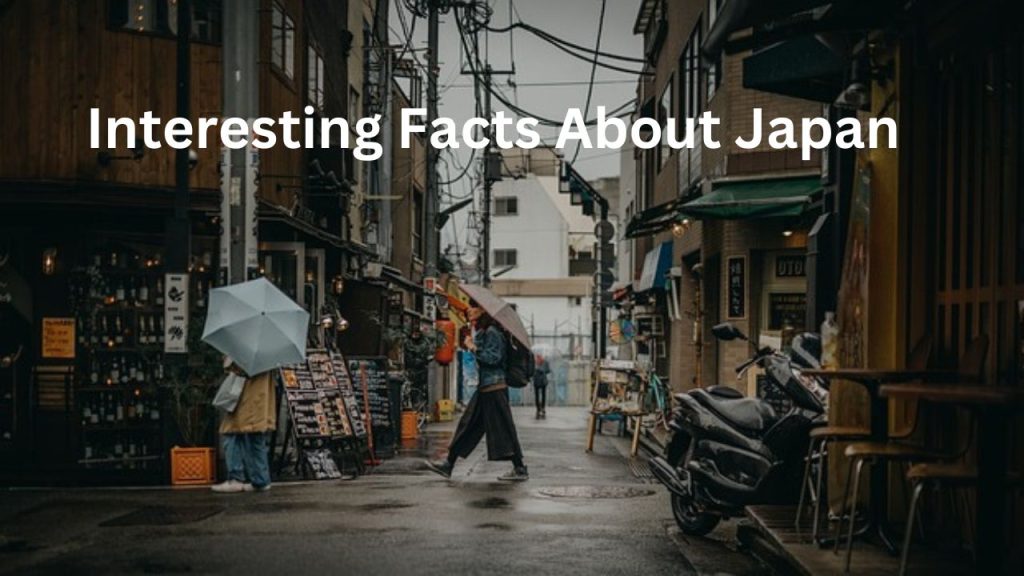Discover fascinating facts about Maldives, from its stunning islands and rich marine life to its unique culture and luxury tourism. Explore this tropical paradise today!
Facts About Maldives
In case you’re envisioning an amazing tropical vacation, the Maldives ought to be at the head of your list. Nestled in the Indian Ocean, this island country boasts some of the most breathtaking views, opulent resorts, and immaculate seas you’ll ever come across. Beyond its natural beauty, the Maldives is distinct and fascinating due to a plethora of fascinating facts.
We will look at a variety of facts about the Maldives in this post, ranging from its abundant marine life to its geology and culture. These facts will help you appreciate this island beauty even more, whether you’re just wondering or planning a vacation.
1. The Maldives is Made Up of Over 1,000 Islands
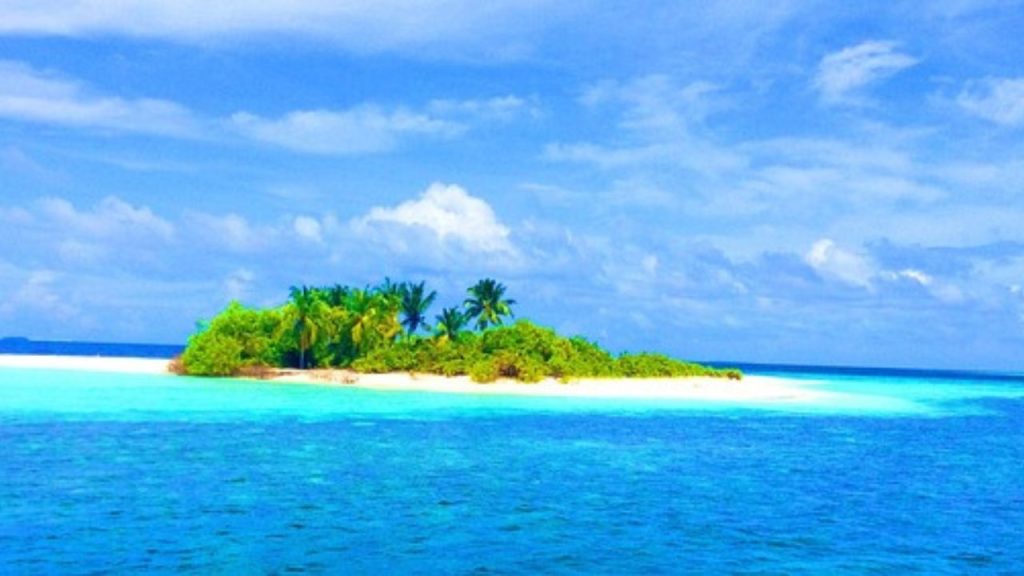
The fact that the Maldives is made up of 1,192 coral islands organized into 26 atolls is among the country’s most unexpected facts. Only around 200 of these islands are inhabited; the remaining ones are either deserted or the location of resorts. Given that these islands cover an area of around 90,000 square kilometers, the Maldives are among the nations with the greatest dispersion in the world. These are biggest facts about the Maldives that you must know.
With a population of about 500,000, the Maldives is one of the smallest countries in terms of both size and population, despite having a high number of islands. The Maldives has a certain appeal while being difficult to navigate due to its scattered island formation. Every island feels like its own little world, and when you’re there, it often feels like you have your own private piece of paradise.
2. The World’s Lowest Elevation Is Found in the Maldives
The fact that the Maldives is the lowest-lying nation on Earth in terms of elevation is among the most concerning facts about it. With the tallest natural peak only 2.4 meters (7.8 feet) high, the average ground elevation in the Maldives is barely 1.5 meters (about 4 feet) above sea level! The Maldives are therefore particularly susceptible to sea level rise brought on by climate change.
Indeed, the Maldives administration has been actively participating in international climate negotiations and has pushed for robust action to counteract global warming. One of the most important realities of climate change is that, if action isn’t taken, the increasing floods may eventually engulf the whole nation within the next century.
3. The Maldivian Economy Depends on Tourism
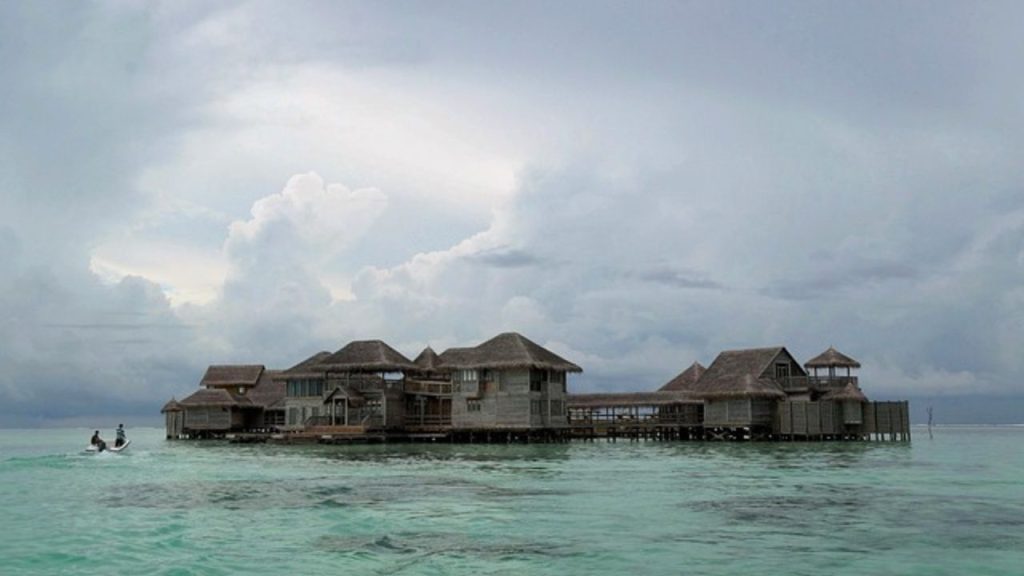
One other noticeable aspect of the Maldives is how strongly dependent the country is on tourism. In the Maldives, tourism accounts for about 30% of GDP and 60% of foreign exchange revenues. The Maldives attracts tourists from all over the world, especially those looking for romance, style, and well-kept beaches.
Many of the islands are home to some of the world’s most opulent resorts, providing everything from overwater villas to exclusive island experiences. Indeed, the Maldives is credited with being the first to introduce the idea of overwater bungalows, which allow guests to actually walk out of their accommodations and into the ocean.
4. The Marine Life in the Maldives Is Rich
One cannot ignore the amazing aquatic life of the Maldives when considering its facts. There are about 2,000 different types of fish in the Maldives, including sea turtles, rays, and dolphins. It is a well-known location for scuba diving and snorkeling because of its internationally recognized coral reefs, which are among the planet’s most colorful and diversified.
Whale sharks—the biggest fish in the world—feed close to the surface in the seas of the Maldives, while manta rays glide elegantly. The coral reefs shield the islands from the might of the water by acting as a natural barrier in addition to serving as a habitat for marine life.
5. A Country of Muslims with a Distinct Culture

The fact that the Maldives is an Islamic nation is one of its lesser-known facts. The law mandates that all Maldivians practice Islam, which is the official religion of the country. This has shaped the culture, everyday life, and customs of the Maldivian people. For instance, Friday is designated as the weekly day of rest and the call to prayer is heard five times a day.
The Maldives, a major stop on historic trade routes, despite its tiny size, has a rich cultural heritage influenced by South Asia, the Arab world, and Africa. The language, food, and traditional dances, such Bodu Beru, a drumming performance, are all manifestations of Maldivian culture.
6. The official language is Hindi
Dhivehi, an Indo-Aryan language having elements of Arabic, English, Hindi, and other languages, is the official language of the Maldives. Communicating with guests is made easier by the widespread use of English, particularly in tourist regions.
Thaana, the distinctive script of Dhivehi, is written from right to left. Gaining some fundamental communication skills in Dhivehi, such “Assalaa-maleikum” (hello) or “Shukuriyaa” (thank you), might help you establish a connection with the people.
7. Bioluminescent Beaches Are Famous in the Maldives
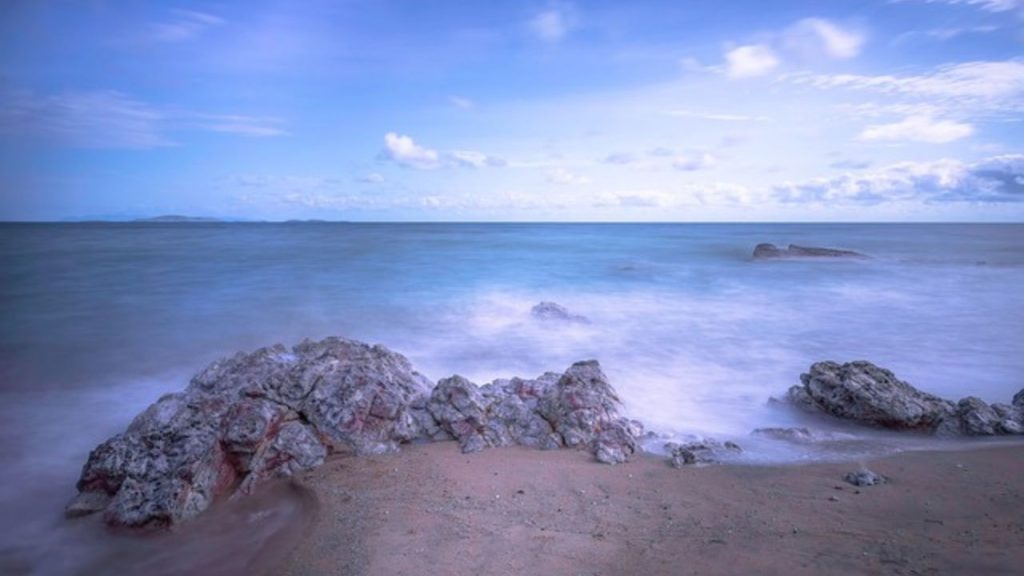
The shimmering beaches of the Maldives are among its most enchanted features. Because of bioluminescent plankton, several Maldivian beaches have a naturally occurring blue glow at night. Anyone going down the coast is treated to a bizarre, dreamlike experience as these tiny creatures, agitated by the waves, produce light. Vaadhoo Island is among the greatest locations to see this phenomena.
8. There Is No Tolerance for Alcohol Outside of Resorts in the Maldives
Although the Maldives is a well-liked honeymoon and travel location, it’s crucial to be aware that alcohol is prohibited for the native populace. But at the resorts, booze is readily available. Bars are not common on local islands where you may be staying. This is one of the key facts about the Maldives that many tourists are surprised to learn.
9. You Can Fly or Take a Speedboat to Any Resort

One of the best things about the Maldives is how easily you can move about, considering how dispersed the islands are. The majority of resorts are only reachable by seaplane or speedboat, which gives guests an amazing aerial perspective of the reefs and atolls. A popular mode of transportation for visitors is seaplane travel, which offers an aerial perspective of the breathtaking blue seas and coral formations.
10. Sustainable Tourism is Renowned in the Maldives
The Maldives places a high priority on sustainability. Numerous resorts and community efforts are devoted to environmental preservation because of the area’s delicate nature and susceptibility to climate change. Numerous resorts have included environmentally conscious practices, such as restoring coral reefs and using solar energy and water conservation systems.
In addition, the Maldives has been working toward being carbon neutral by lowering its carbon impact. The government and the travel and tourist sector both place a high premium on maintaining the distinctive environment of the Maldives.
11. A Cabinet Meeting Was Held Underwater in the Maldives Once
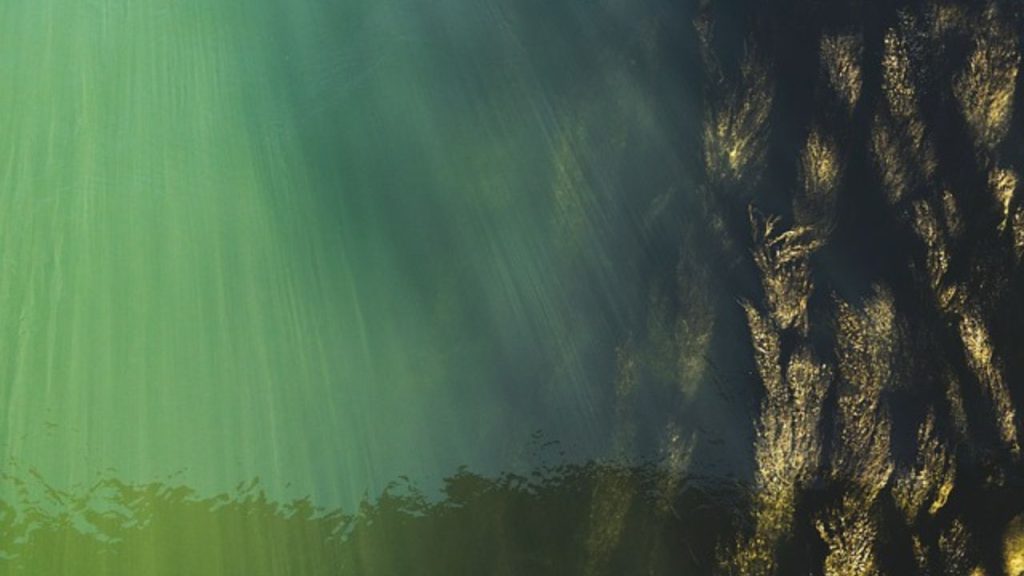
One of the most inventive and iconic facts about the Maldives came to light in 2009 when the president and administration of the nation convened an underwater cabinet meeting, which garnered international attention. To increase public awareness of the threat that climate change poses to the Maldives, this unusual event was held. The leaders signed a paper advocating for a reduction in global carbon emissions while submerged in water while donning dive gear.
12. The Maldives: Opulence and Simplicity Coexist
Despite the Maldives’ reputation for grandeur, you may still discover more affordable lodging options that let you interact with the locals. In order to experience the natural beauty and welcoming culture of the Maldives without breaking the bank, guesthouses on nearby islands provide a more affordable option to the upscale resorts.
13. Optimal Period for Traveling to the Maldives
When making travel plans, one important thing to know about the Maldives is the weather. With two different seasons—the dry season, which runs from November to April, and the rainy season, which runs from May to October—the Maldives has a tropical climate. Ideal beach weather and calm waves may be found throughout the dry season, which is the ideal time to come.
Nevertheless, going during the rainy season can have its perks as well, such as lower prices and fewer tourists. The Maldives has something to offer year-round, so there’s never really a bad time to go.
14. One of the Safest Travel Destinations is the Maldives
The Maldives are among the world’s safest travel destinations, which is another comforting truth about them. The nation has political stability and has low crime rates, particularly on the tourist islands. But, it’s crucial to exercise caution and respect local customs when visiting any place.
15. The cuisine of the Maldives is varied and delicious

One of the tastiest aspects about the Maldives is its food! Maldivian cuisine is a delectable fusion of Middle Eastern, South Indian, and Sri Lankan flavors. The three main ingredients of Maldivian food are fish, coconut, and rice. Fish soup Garudhiya, tuna blended with coconut Mas Huni, and grilled fish with chili Fihunu Mas are popular meals.
Fresh and plentiful, seafood comes in a variety of cooking methods, such as grilled or curried. The Maldives will be a seafood lover’s dream come true if you adore seafood.
Conclusion
In addition to being a stunning tropical resort, the Maldives is also a site of great cultural, historical, and environmental value. The Maldives has a lot to offer visitors, from its distinctive topography and marine life to its dedication to luxury travel and sustainability. These facts about Maldives help you appreciate and comprehend this amazing place, whether you’re dreaming of visiting or you’re already planning a trip there.

